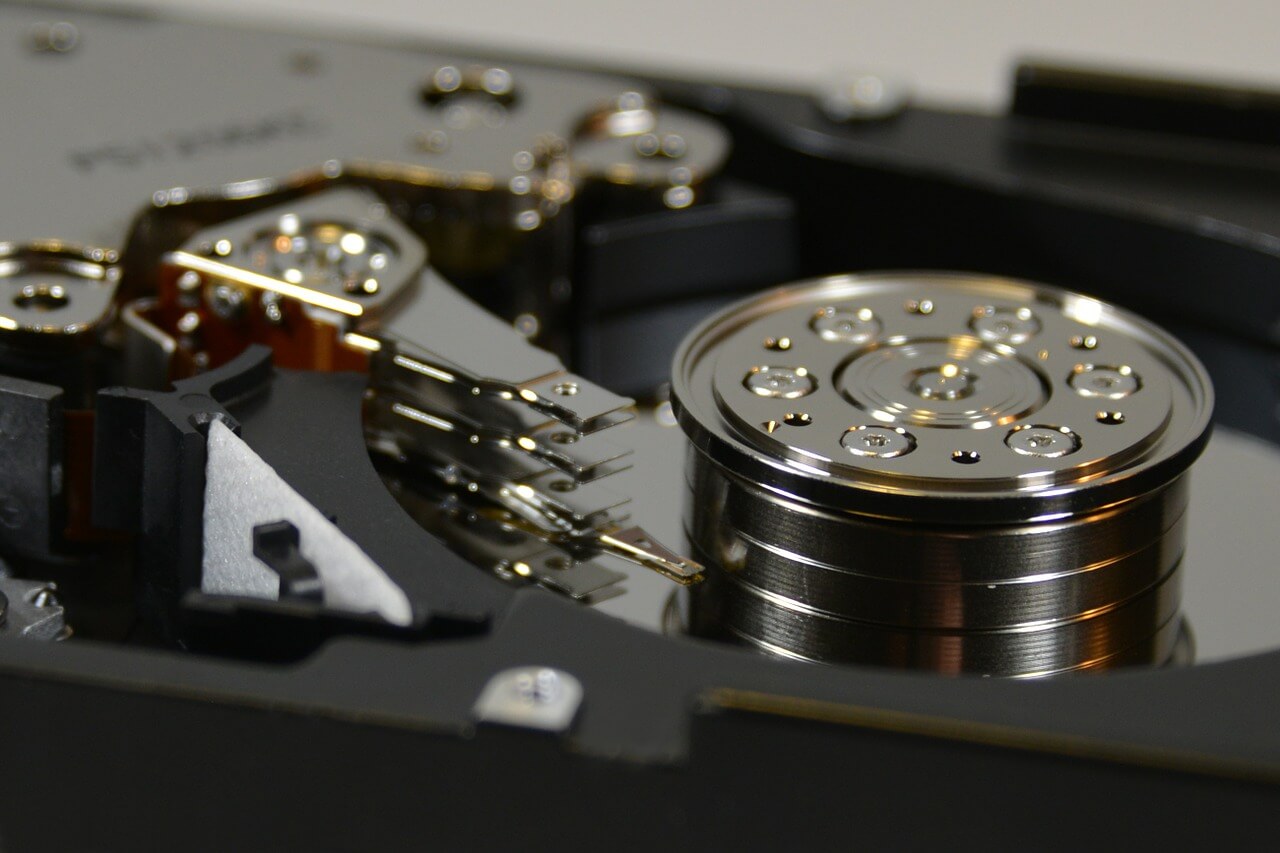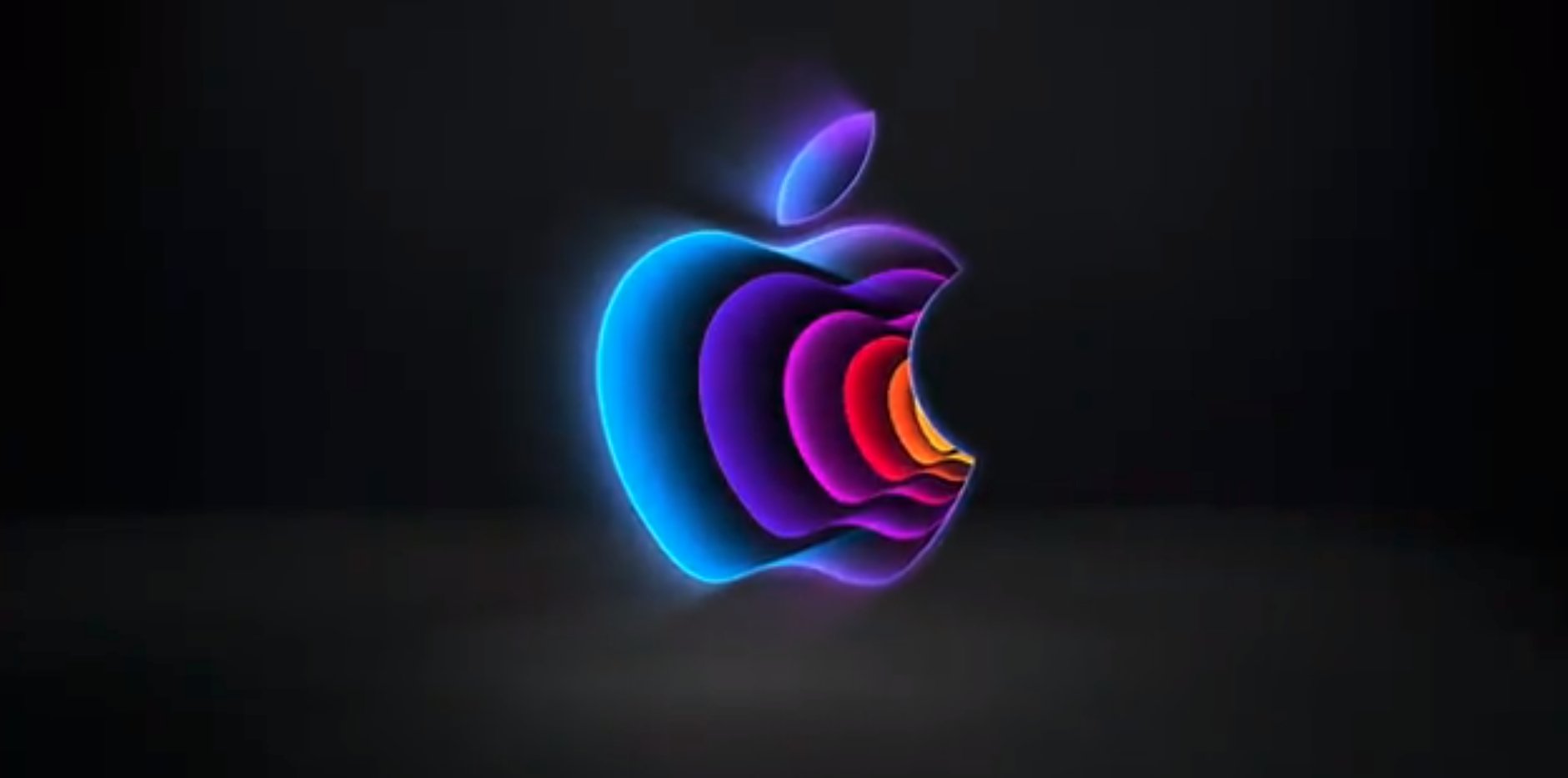Could Experimental Oxide Memory Send SSDs the Way of the Dinosaurs?
Losing access to data on a laptop hard drive can be especially stressful, given that most laptop computers hold a mixture of both business and personal information. In fact, many business people aren’t just lost without their laptop computers, but don’t have the data they need stored or backed up anywhere else.
No matter how uninterested you are in the technical nuances of digital storage media, it’s hard to deny the appeal of knowing what lies ahead. Although magnetic hard drives were the cream of the crop for decades, their time eventually passed. Now, their flash memory successors appear to be on the road to a similar fate.
Solid state devices have clear technical advantages. Their nonmoving components, rugged construction and compact sizes are appealing, but do these devices have sufficient staying power? Researchers are hard at work cooking up potential usurpers to the throne. Here’s a quick preview of memory technology’s next exciting manifestation.
RRAM: Moving on From Flash (SSD)
As we’ve explained in some of our previous blogs, flash is a type of non-volatile memory that functions by using electrical signals to change and detect the electrostatic state of a circuit component, such as a transistor gate. Resistive random-access memory, or RRAM, employs a totally different strategy.
RRAM cells modify the resistance of a dielectric, or substance that reacts to electric fields by becoming polarized. This arrangement, known as a memristor from the combined terms memory and resistor,changes its resistance in response to stimuli, which gives it the power to record information. Instead of simply modifying a semiconductor’s charge state by accumulating electrons or holes, however, RRAM creates defects in layers of oxides attached to the memristor’s dielectric material. These oxygen ions and the vacancies left in their absence can be guided and modified through the application of electric fields.
What Drives the Interest in RRAM?
Compared to typical flash memory, why is RRAM so appealing? Analysts say that it can perform operations at greater speeds and use less energy in the process. The other potential advantage lies in its size: One company created a prototype RRAM chip that was able to store a terabyte of data in around 200 square millimeters’ worth of space. Thanks to a significantly smaller cell size, RRAM may even beat out novel forms of stacked 3-D flash memory in terms of storage density.
It’s also worth considering that it might be possible to manufacture some variants at room temperature with low forming voltages, which could be equally advantages for cost-conscious memory makers and consumers. Even more promising, manufacturers can use a wide range of dielectric materials to form memristors, which increases the probability that some unknown avenue of investigation might produce a workable implementation.
Technical Hurdles
The physics ideas behind memristors and RRAM have been around for decades. So why aren’t these kinds of memory already the standard?
The answer lies in the fact that being able to form a memristor and connect it to memory cell circuitry is only one part of the equation. For instance, researchers have long struggled with critical tasks like getting RRAM cells to switch states reliably, and only recently did NIST scientists discover a way to make switching operations more consistent by maintaining tighter control of the signal energy used to induce transitions. Nevertheless, RRAM still faces problems regarding its instability and other factors.
When Will a New Flash Memory Killer Arrive?
It’s hard to say when people might be freed from the yoke of flash memory, but the prospects look good. Considering that RRAM and other alternative types of storage have so many potential benefits, it seems like a mere matter of time before companies introduce a product that works.
More than a few private concerns have invested significant resources and brainpower into the pursuit of alternative memory technologies. Firms like Panasonic have produced evaluation kits for their RRAM prototypes, and Rambus acquired Unity Semiconductor for $35 million to gain the company’s oxide memory portfolio.
Numerous companies have also filed patent applications, and as with many technologies, IP protection generally begets forward progress. Regardless whether RRAM becomes the next big thing after flash or simply paves the way for a similar alternative, it’s highly likely that we’re on the verge of something new and exciting. The real question is what kinds of technical challenges users will encounter and what novel practices might data recovery professionals have to develop to keep pace.
————————
TTR Data Recovery is a team of Flash media data recovery specialists who don’t just have the tools and expertise needed to pull data from damaged and inaccessible Solid State Drives, but also an understanding of how these configurations work, and the best ways to get your data recovered.













